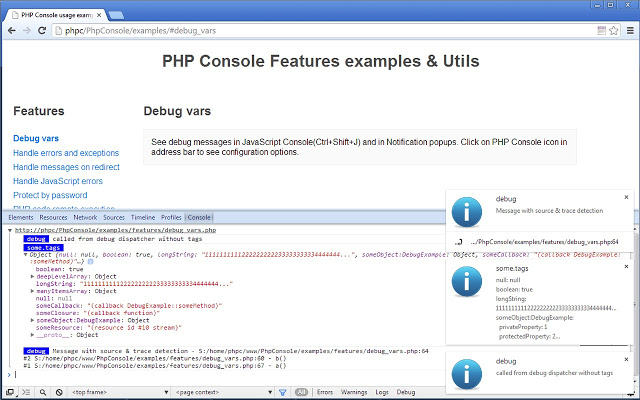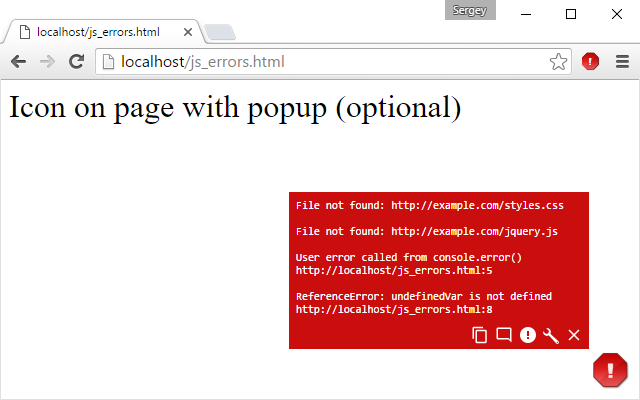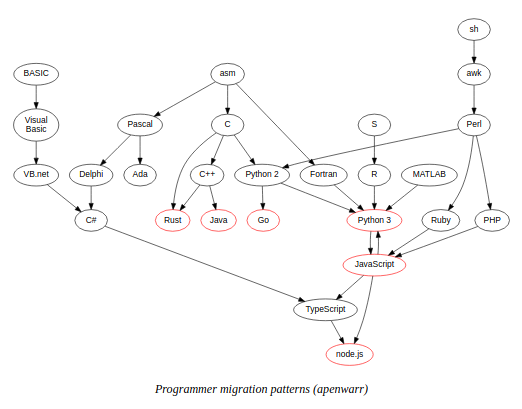This year’s results for StackOverflow Developer Survey are in. This is probably the largest survey of IT professionals, with nearly 90,000 participating this year.
As always, there are plenty of insightful findings and correlations in the results. But one that I was somewhat glad to see was the attitude towards Blockchain technology.
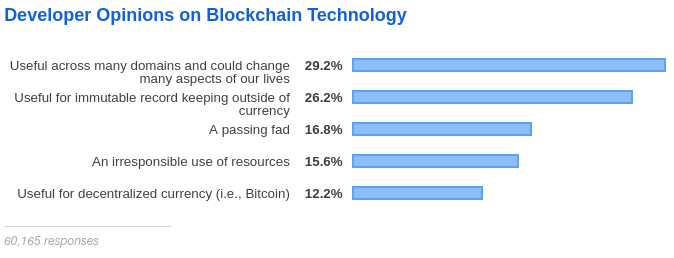
While the mainstream media continues to confuse Blockchain with cryptocurrencies, technical people do understand the difference. And the majority (29.2% + 26.2% = 55.4%) of the survey respondents think it is useful for a variety of things outside of the cryptocurrency.
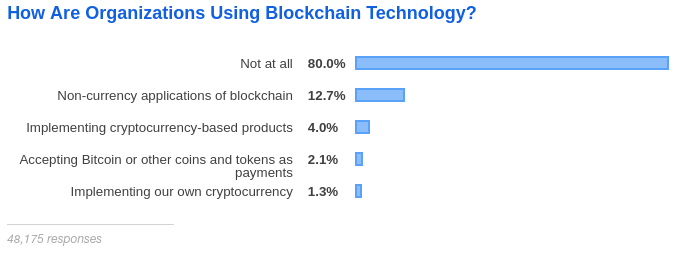
And with all the hype around cryptocurrencies and Blockchain, the majority of the organizations are not working with the technology just yet. Furthermore, of those that do work with Blockchain, the majority is NOT using it for the cryptocurrency.
That is pretty close to my mental picture of what’s going on.
